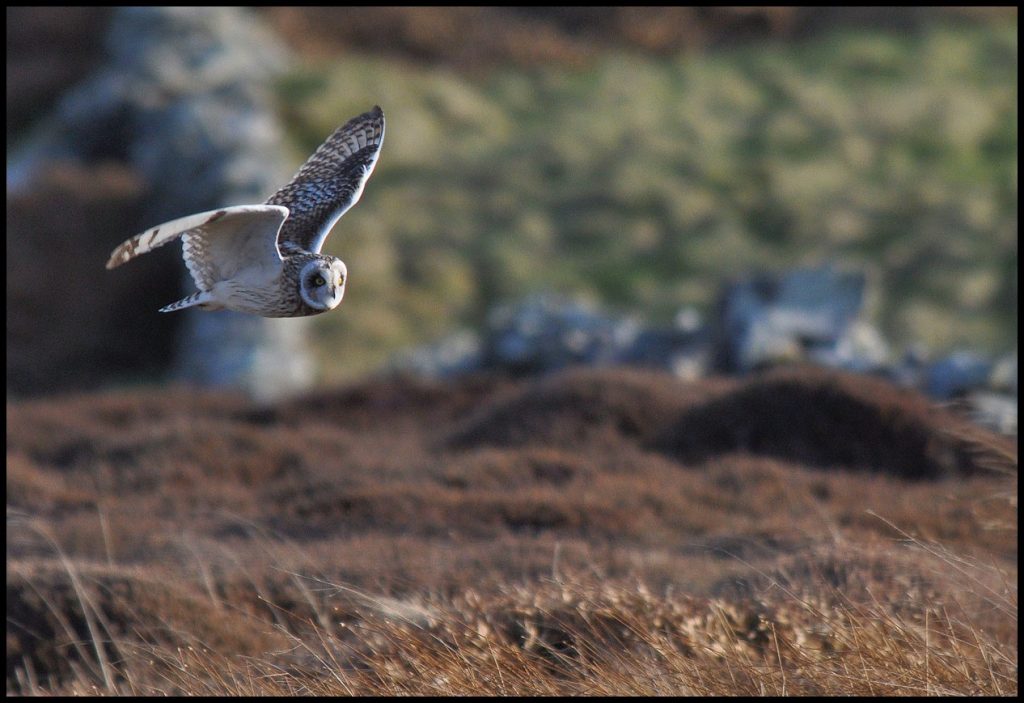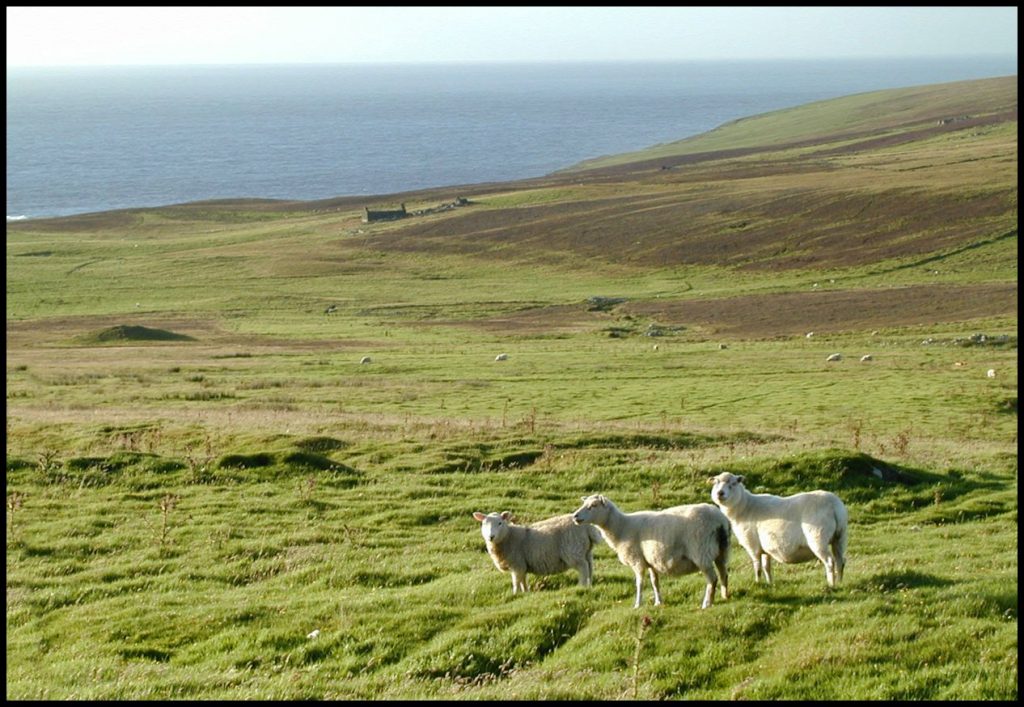
Quandale and Westness in Rousay were the only places in Orkney to suffer major clearances, firstly in 1845 and again between 1855 and 1859. Quandale was renowned for being one of the best corn-growing areas in the Northern Isles, but the laird, George William Traill, thought that sheep would be more profitable.

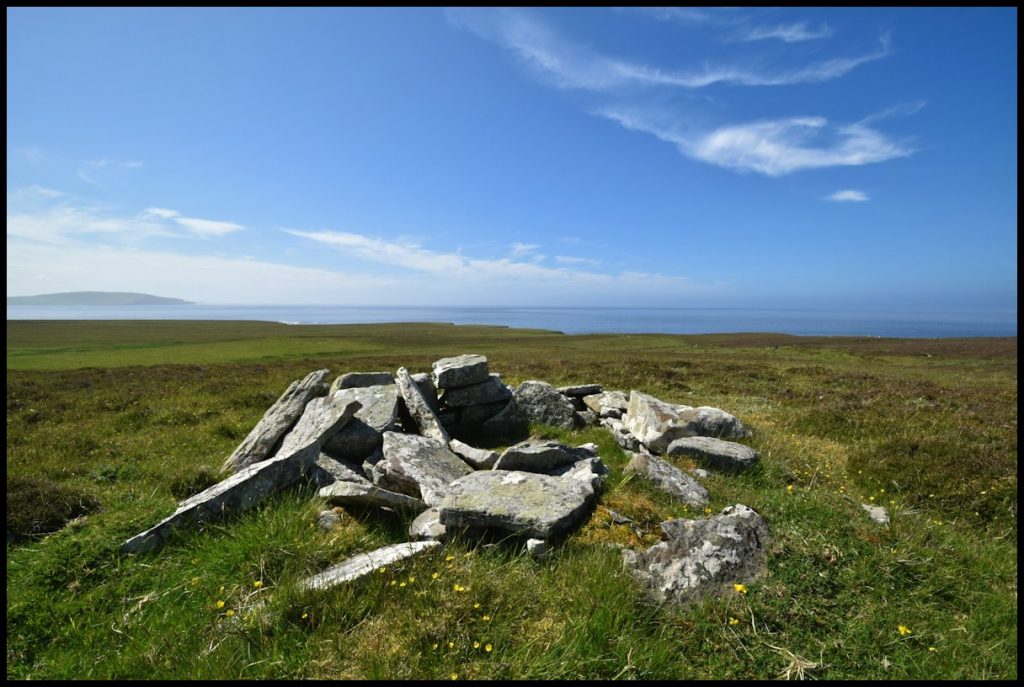
After the harvest of 1845 he evicted the 215 people and destroyed their farmsteads as part of the modernisation of his Westness estate. Some crofters were found dwellings else-where in Rousay, some became landless labourers, while others left the island.
Traill’s successor was General Sir Frederick William Traill Burroughs. He created such difficulties for the island’s crofters that he gained the reputation as the worst landlord in Orkney and was known as the ‘Little General.’
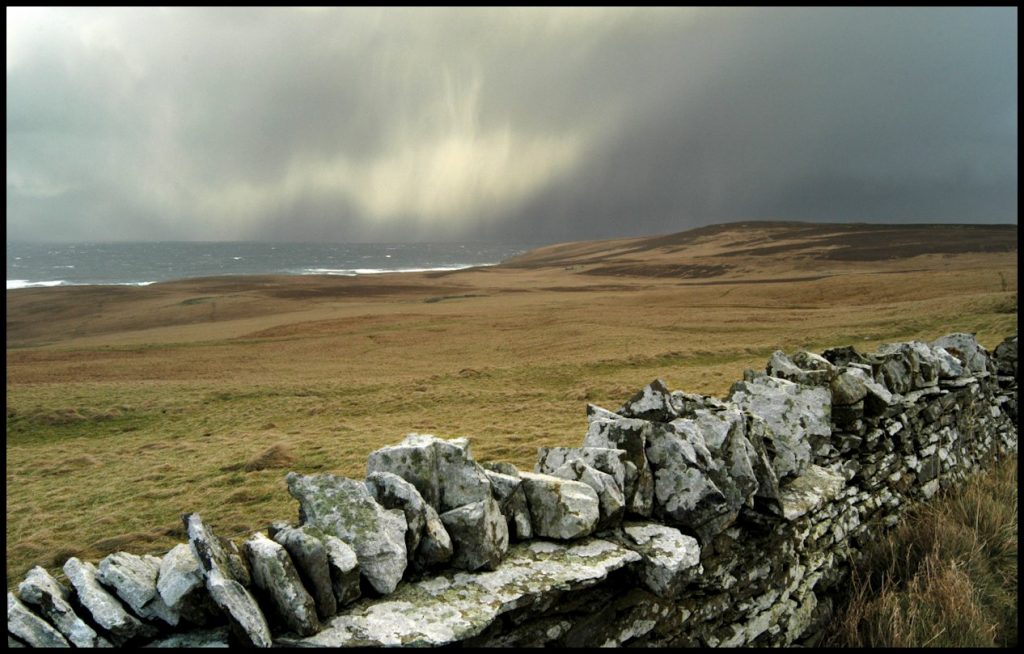
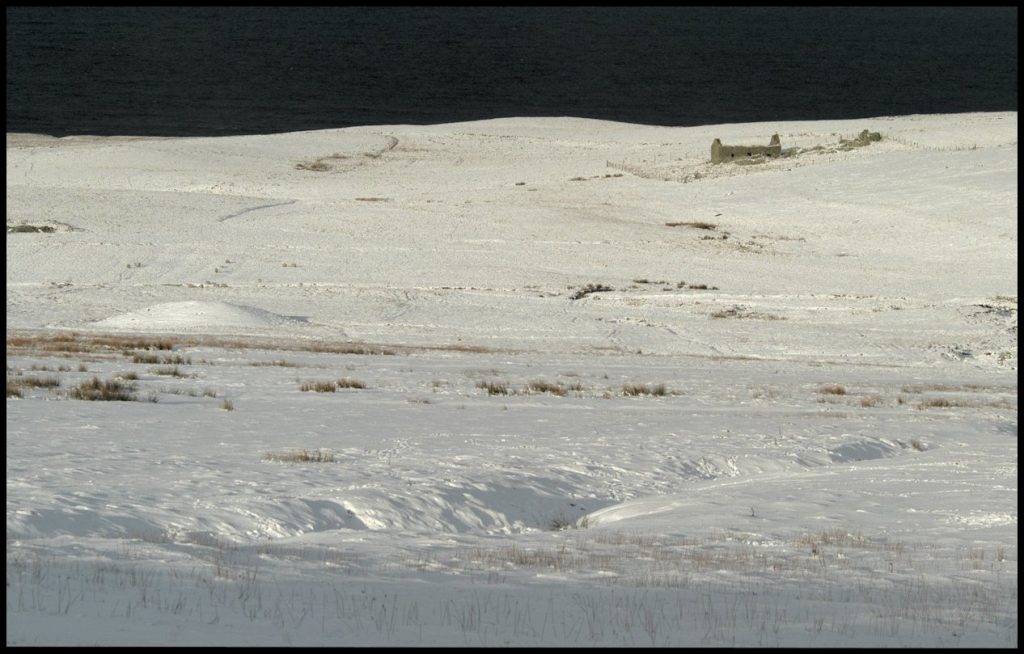
Conflict came with the visit of the Royal Commission whose findings were to lead to the Crofters Act. Burroughs evicted those tenants who gave evidence to the Commission, and with tensions running high a gunboat was sent to keep the peace.
Burroughs would have driven every crofter from his estate had the Crofters Act prevented him from doing so, the crofters having challenged the laird’s right to control the social and economic life of the island.

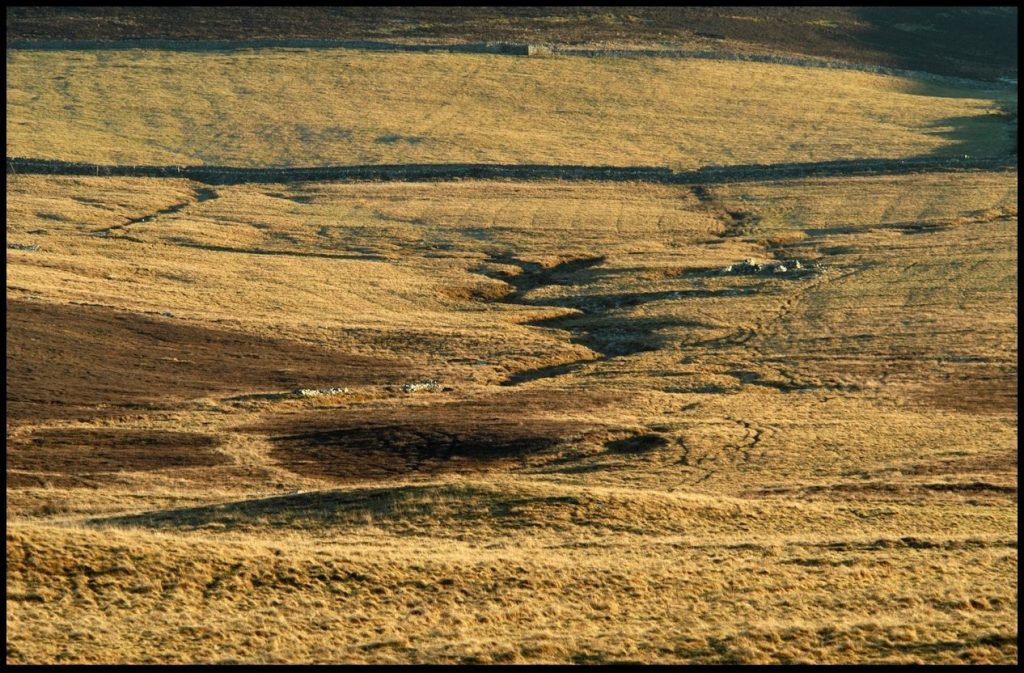
When Burroughs arrived to make his home in Rousay, John Gibson of Langskaill, as tenant of the largest farm, said, in his speech of welcome, “No connection between man and man ought to be more carefully guarded than that betwixt landlord and tenant…..” It was exactly this relationship which went disastrously wrong in Rousay.
Even after 35 years’ residence in Rousay, Burroughs remained a curiously alien figure. He might have owned the island but he never belonged to it. Ownership was important to him, but he had originally wanted more than that. Part of his ideal had been to settle into the community and become part of it. Money could buy ownership, but belonging – that close identification with a place and its people – was a more difficult matter. It was ownership and the gulf it created between laird and tenant, which made belonging impossible.
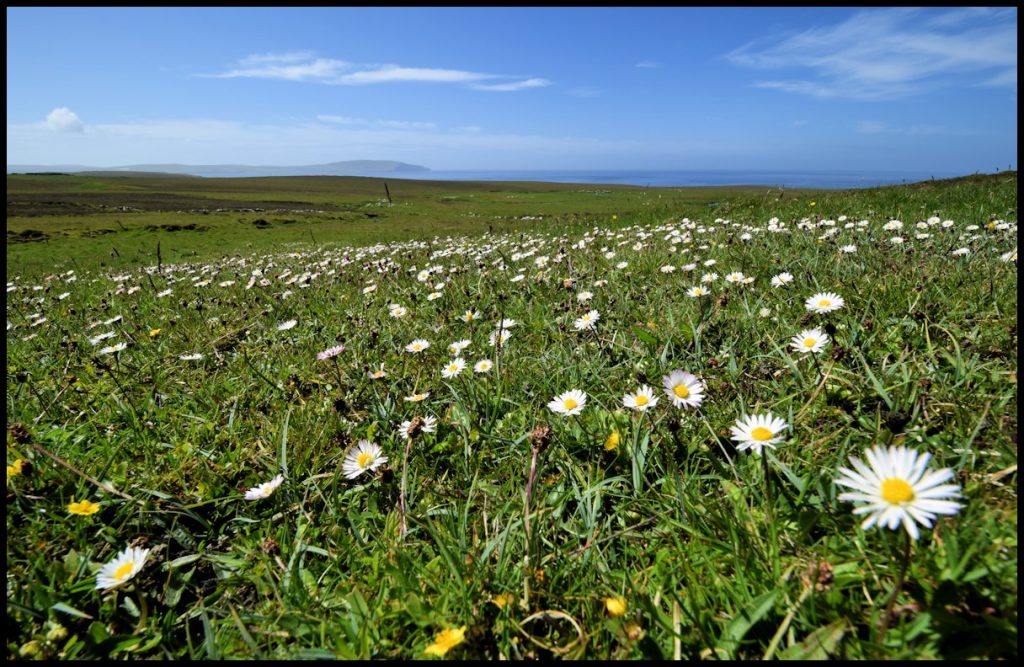
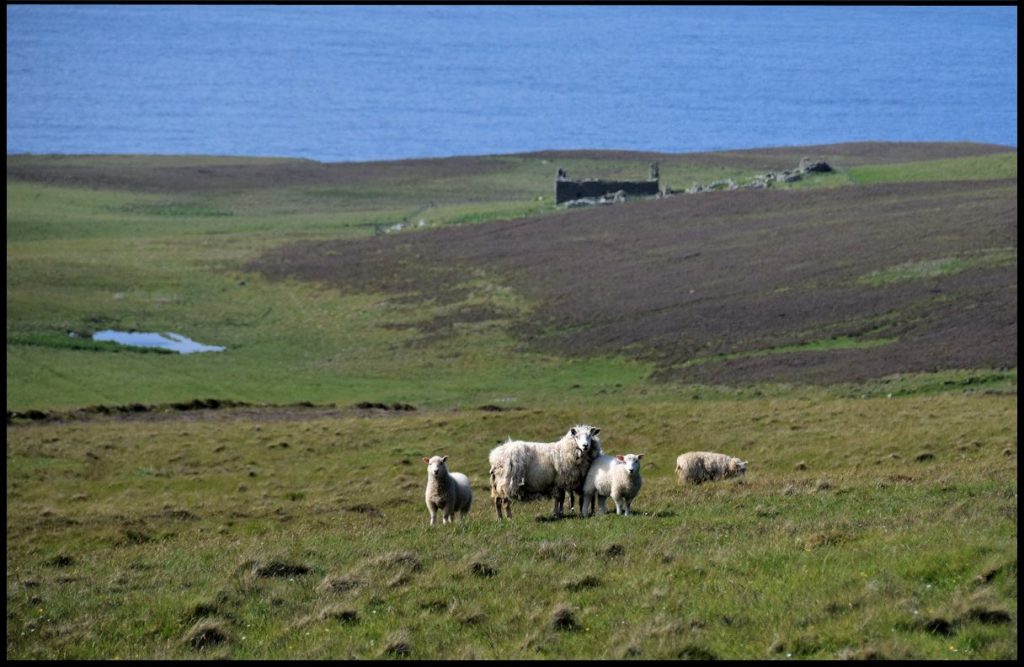
Today in Quandale the pattern of houses and fields can still be seen and shows the complicated system of runrigs previously used to divide up the land, a broad and bare semi-circular depression facing the open sea. In westerly gales the full force of the Atlantic breaks along a line of low cliffs and sheets of salt spray are carried hundreds of yards inland; the crofters of old often complaining that their corn suffered badly from ‘sea gust.’ This deserted community is now home for some of Rousay’s most rare and beautiful flowers and birds.
